One of the reasons for the global success of McDonald’s is the low price of its food. If the regular menu isn’t cheap enough, there is plenty of selection on the dollar menu. Another reason for McDonald’s success is speed. Whether you go through the drive through or stand at the counter, you’re not going to spend more than 2-3 minutes ordering paying for and receiving your meal — hence the term “fast food.”
So you might wonder why McDonalds would partner with Uber Eats to deliver food to customers when using the service will most likely add cost and slow down the process. Uber Eats charges a booking fee and many people tip drivers. Plus if you live 20 minutes away from McDonald’s, the Uber Eats driver will have to drive 20 minutes with your Big Mac and fries after driving to McDonalds to pick up your order.
But McDonald’s knows its customers may not want to leave his or her video game and comfy couch. It knows that a customer at work craving McMuffin may not be able to get out. Some customers are willing to spend a little more money and wait a bit longer because they get something they value greatly in return: CONVENIENCE.
And convenience is what food delivery leaders Grubhub, Doordash, Seamless, Postmates and Uber Eats are actually providing.
And we can never, ever have enough convenience. For hundreds of years, we got along fine getting our water out of fountains, faucets, thermoses and even water buckets. But today, we consumer billions of 16.9 ml bottles of H20 because — they are convenient. Of course in the past, a drink of water was “free.” It was either in your monthly water bill or completely free from your well.
Just a few years ago, turning on the radio or cd player for music and checking the news or even online for the weather was considered an easy task. But along came Amazon’s Echo line of devices, and suddenly nothing other than asking Alexa for a weather forecast or your favorite playlist was convenient.
Next to convenience, choices appeal to us. We love choices. Food delivery is not a new idea. Pizza delivery has been around for decades. But having the choice of multiple restaurants is appealing.
I remember when we actually had only three TV channels. And they all signed off at midnight or 1am. Now we have almost unlimited 24-hour channels and delivery systems from cable to internet.
But choices — just like convenience — adds cost. When I had just three channels, TV was free (after you bought the TV set). Now you might pay up to $200 or more a month for TV programming from cable or satellite.
Food delivery services add cost also. One way or another, the result is that you pay more for your food. And it’s not the food places or the drivers that are making the big money. The deliveryservices are very profitable because they have no inventory and very few employees. They broker the services of the people who usually deliver the food.
The Question
So, did food delivery apps create a need we never had before? No. They found a way to answer needs we always have — a need for convenience and choices.
When a completely new business category is successful, study it, determine what it tells you about consumers and what you can adapt for your business.

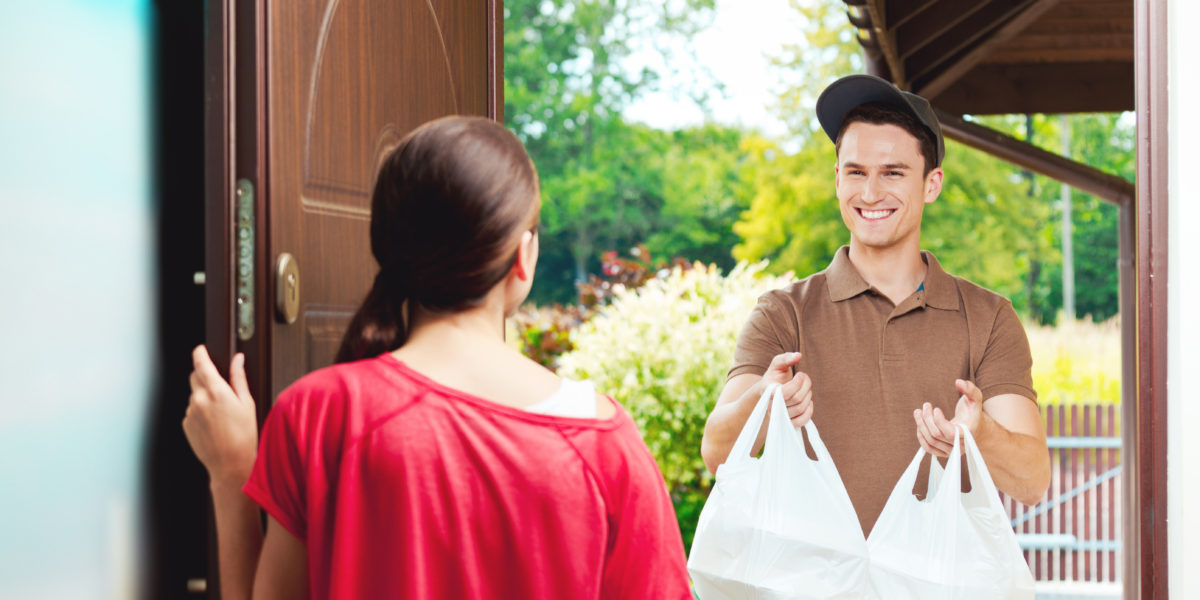






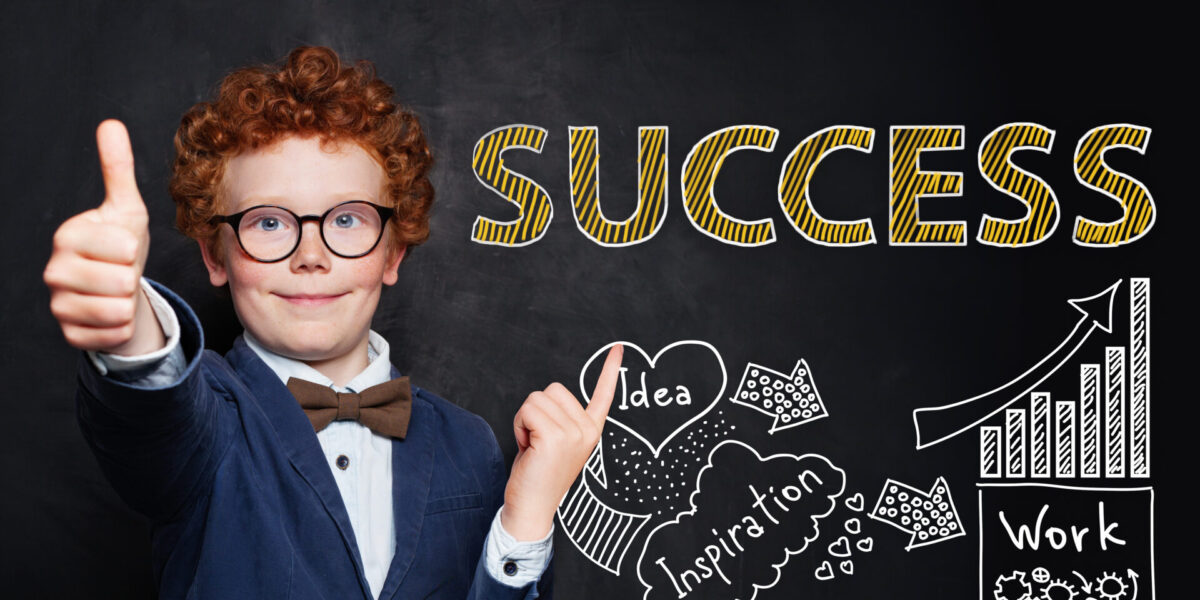
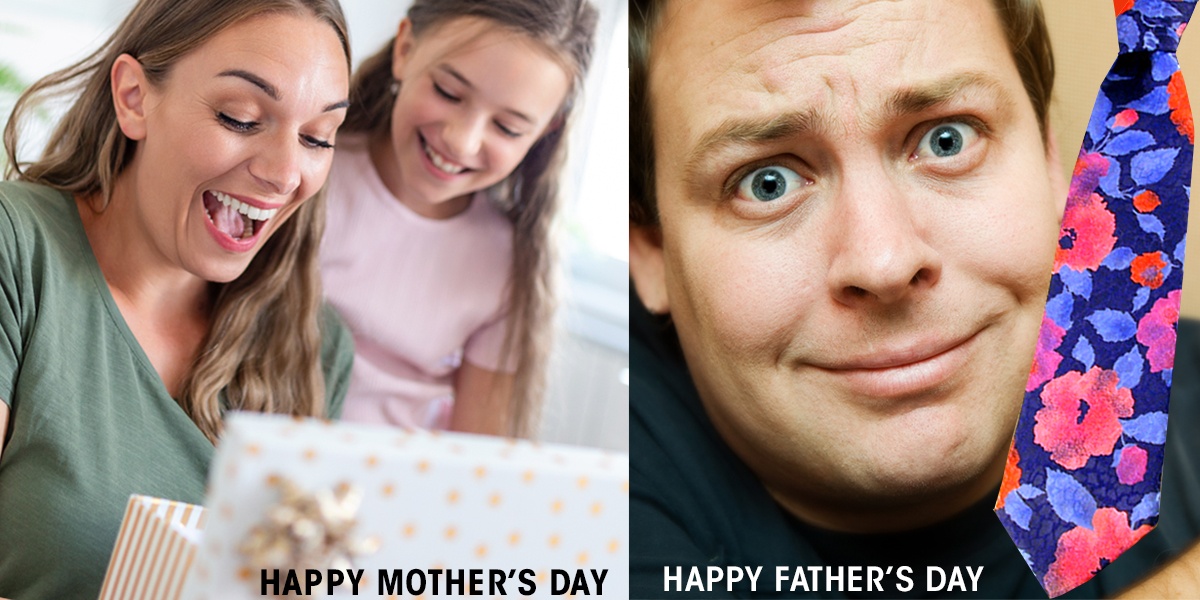
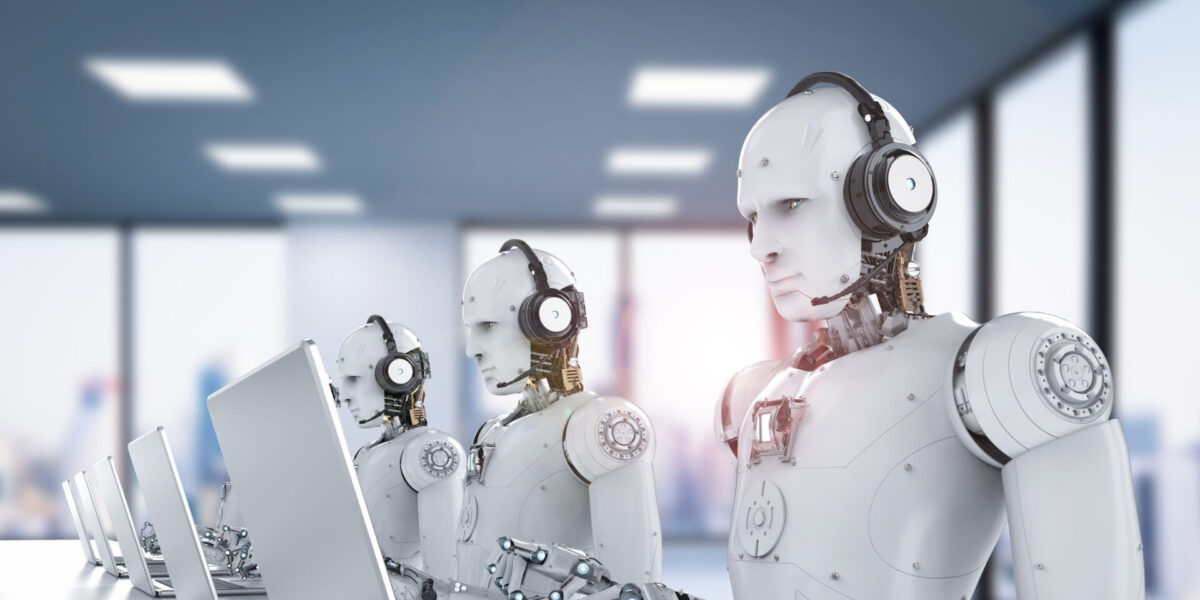
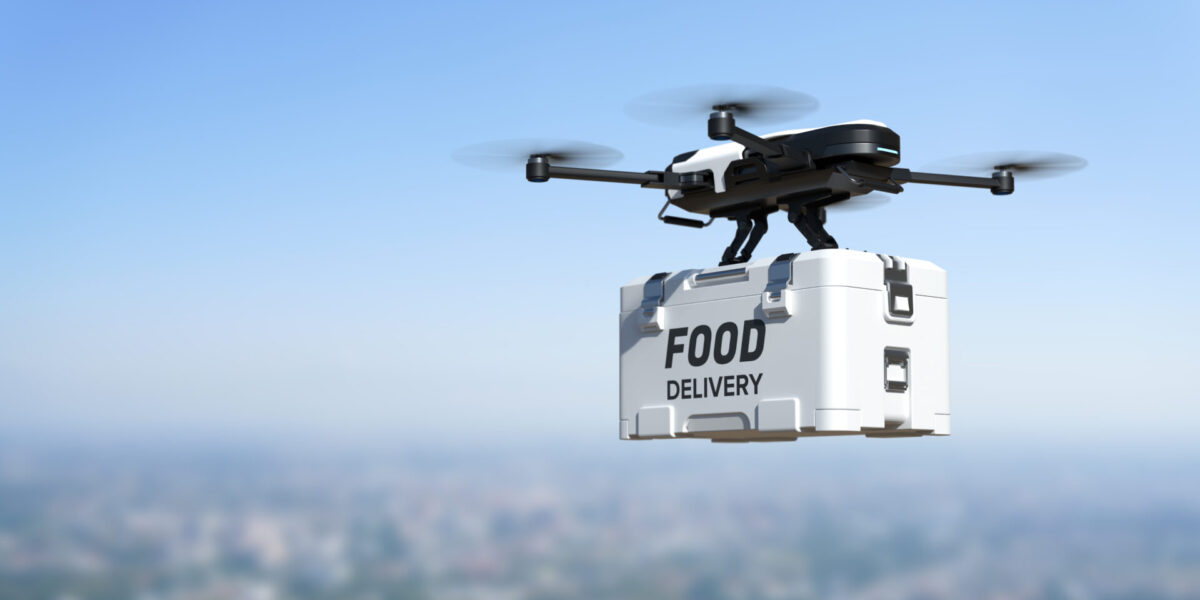
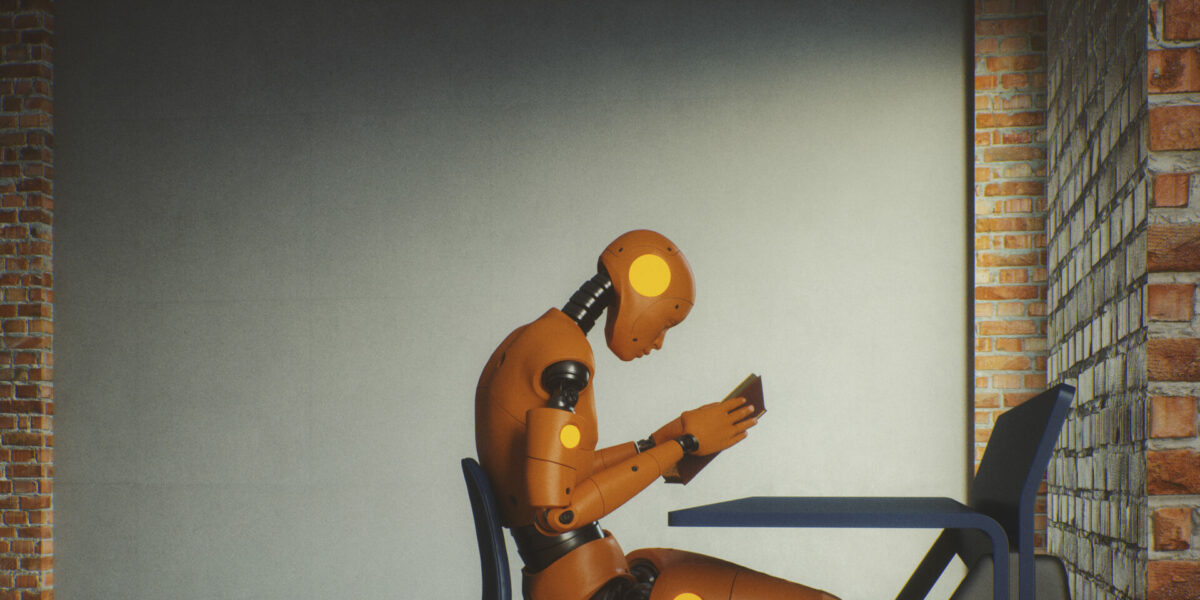
Comment